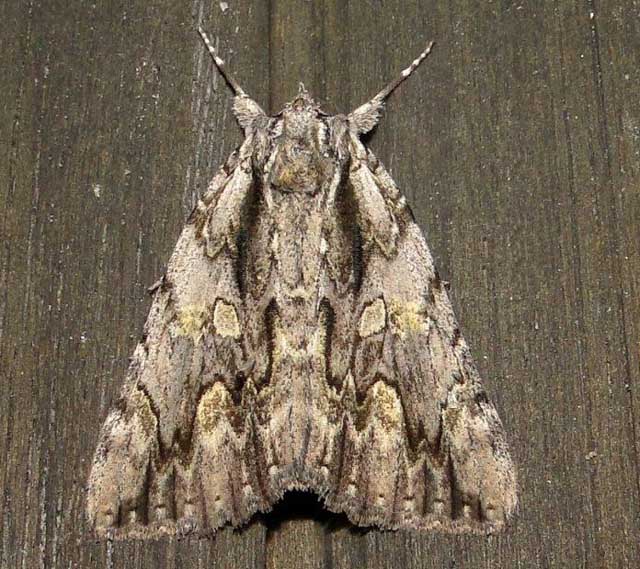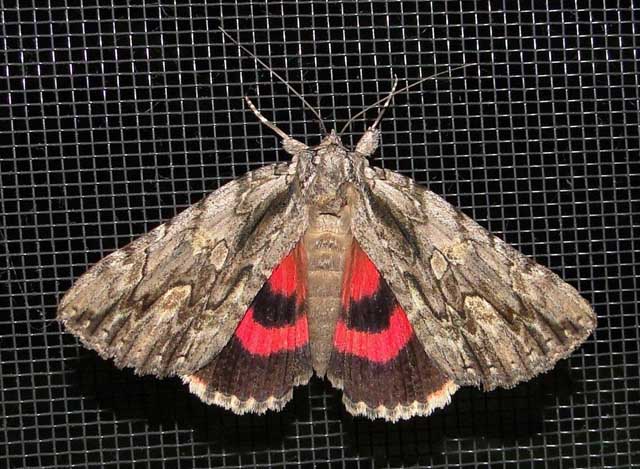Catocala coccinata
kah-TOCK-uh-lahmmkoss-sin-NAY-ta
Grote, 1872

Catocala coccinata male courtesy of Vernon A. Brou.
This site has been created by
Bill Oehlke at oehlkew@islandtelecom.com
Comments, suggestions and/or additional information are welcomed by Bill.
TAXONOMY:Superfamily: Noctuoidea |
"Moon River" |





